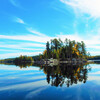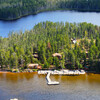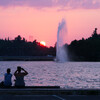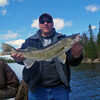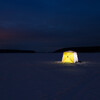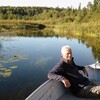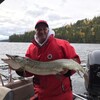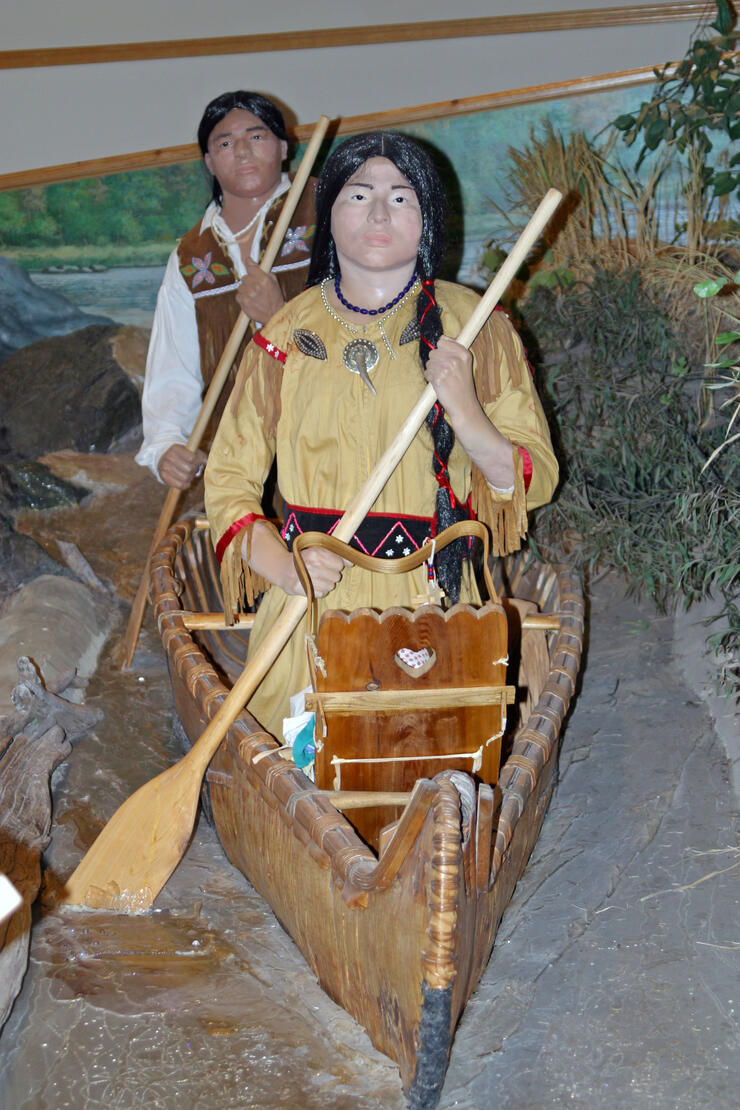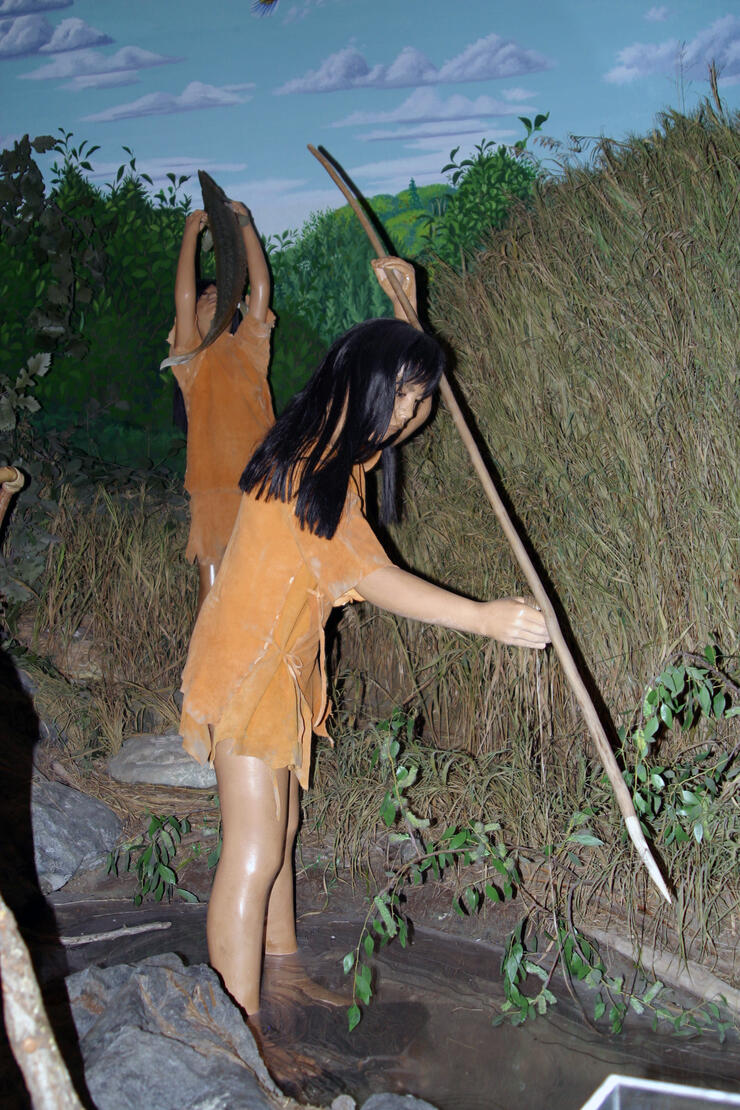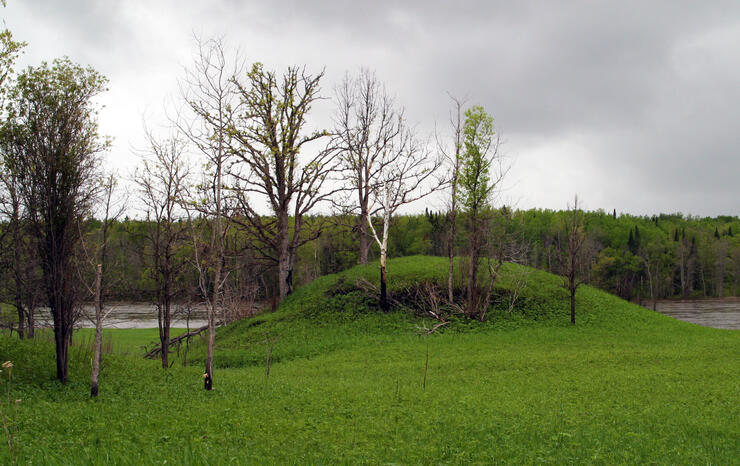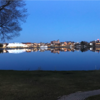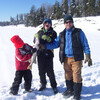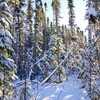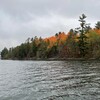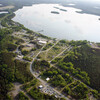
This National Historic Site is a Must See
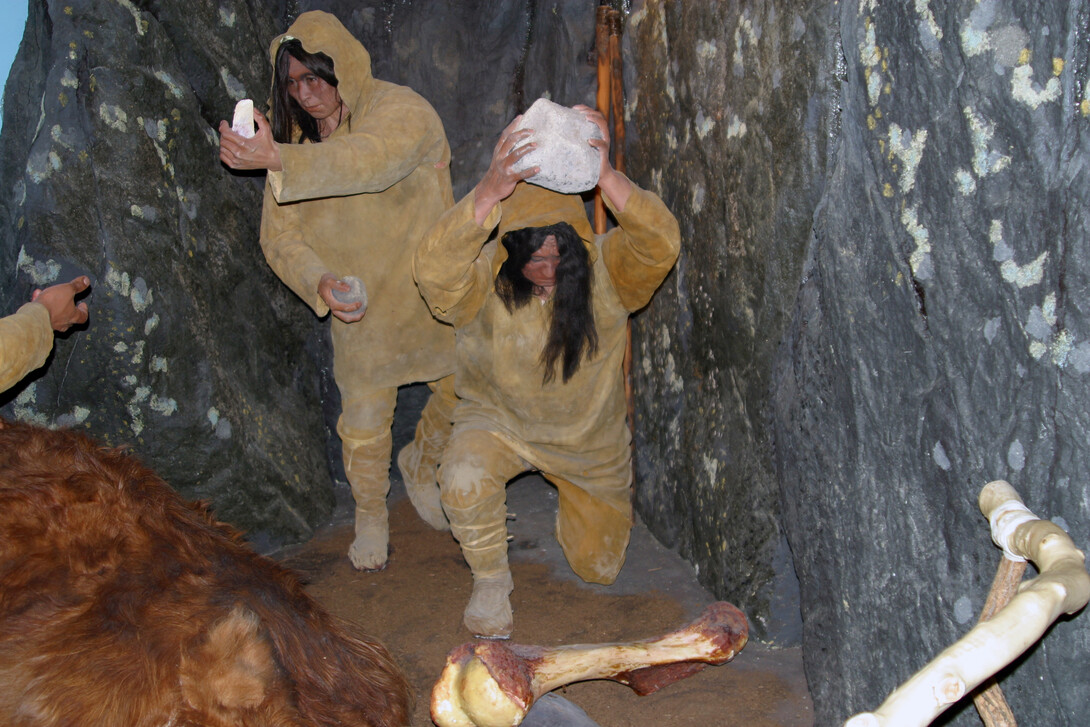
Kay-Nah-Chi-Wah-Nung, the Place of the Long Rapids, is a site of phenomenal beauty and spirituality. Designated as a site of national historic significance in 1970, its importance has been acknowledged for generations by First Nations' and non-First Nations' alike who have lived, traveled and admired the majestic Rainy River.
As one of the most significant centres of early habitation and ceremonial burial in Canada, Kay-Nah-Chi-Wah-Nung has deep cultural and spiritual meaning to aboriginal peoples throughout North America. The simple fact that it is designated as a National Historic Site in Canada is an indication of its great significance.
Located just 65 km from the headwaters of the Mississippi River, the area was the centre of a vibrant continent-wide trading network. Here, people gathered to trade, share, celebrate, and mourn. The history that remains through artifacts reflects a diverse trading network that brought copper from Lake Superior, marine shells from the far south and exotic stones for tool-making from the west and north.
The Ojibway people of the Rainy River First Nations are the guardians of this rich heritage. The legacy of the Place of the Long Rapids has been passed on through the generations.
The Manitou Mounds
For centuries, Canada's aboriginal peoples have lived and gathered on the banks of the Rainy River at Kay-Nah-Chi-Wah-Nung. Here, traces of old villages of the Ojibway are found among the burial mounds and village sites of more ancient aboriginal peoples. Also known as Manitou Mounds, this place was the nexus of a continent-wide aboriginal trading network. Kay-Nah-Chi-Wah-Nung is sacred to the Ojibway and to other First Nations' of North America, thus marking an enduring spirituality.
The area is known for its many sacred burial mounds, the resting place of an unknown number of ancient aboriginal peoples. A tour of the grounds allows one to appreciate the great significance of these burial mounds and encourages reflection of over 1,000 years of human habitation in the region.
Visitor Centre
The Visitor Centre signifies what Kah-Nah-Chi-Wah-Nung is and has been for thousands of years––a gathering place. In the Visitors' Centre, you will meet your spirit guides, the Eagle and the Pelican, who will accompany you through interpretive galleries, a gift shop, restaurant, and other amenities, such as a rest area, washrooms, and travel information. Sample traditional foods and enjoy the view of the mighty Rainy River. The Centre is a base for people to learn much about this historic place and the people who have lived here so long before us. The Visitors' Centre also serves as your gateway to various different outdoor experiences such as cultural demonstrations, a network of nature and historic trails, and the starting point for a guided tour of the burial mounds.
Recommended Articles

Is the 1,400 Kilometre Drive to Northwest Ontario For a Fishing Trip Worth it?
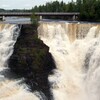
8 must-see waterfalls

6 Ways to Get Your 10,000 Steps This Fall

Top 5 Reasons You Should Be Fishing in Morson, Ontario

Discover The Winnipeg River

Enjoy Sunset Country's Fall Colours on Your Next Road Trip

Fishing in the Fall?

6 Reasons to Book a Fall Vacation to Sunset Country

10 Reasons to Avoid Ontario’s Sunset Country

Heading Across Canada?

A Guide to Sunset Country Museums
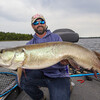
The Promised Land: Best Muskie Fishing in Ontario

Fall Fishing Tips
5 Essential Boreal Experiences in Ontario's Sunset Country

5 Obscure Facts About Northwestern Ontario: Were You Aware of These?

Great Food in Relatively Unknown Places
Outdoor Medicine

A Guide to Bringing Your Pets on Vacation to Canada

There's more than just fishing in the Red Lake Region

5 Amazing Sights You Can Only See By Boat

Going Fishing in Canada?

Going fishing in Ontario?

Outdoor Adventure in Ontario's Northern Paradise
Planning A Family Fishing Trip to Canada

Tips from a Fishing Legend


